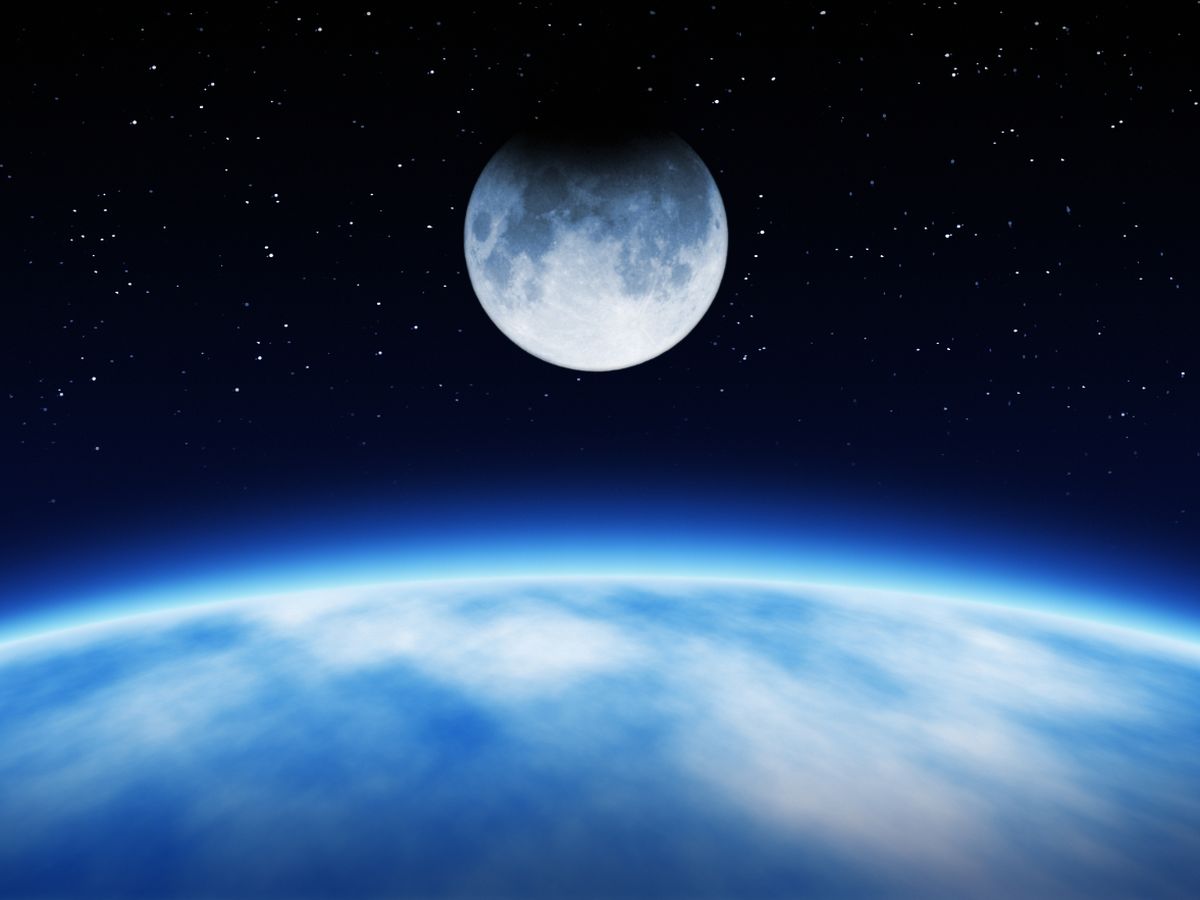By Jerry Lawton
Copyright dailystar

Mankind is set for a cosmic gold rush as rivals battle to mine minerals on the Moon . Companies are queueing up to harvest helium-3 gas, which can be found in moon dust and used to cool down computer chips. It has been pummelling the Moon’s surface for billions of years. Now multiple firms are plotting how to cash in on the treasure. Interlune aims to use lunar resources, including industrial metals, rare Earth elements and water, to support a long-term human presence on the Moon and an in-space economy. Chief executive officer Rob Meyerson said harvesting helium-3 was its top priority. He said: “Quantum computer chips need to be chilled down to near absolute zero to make them work. “Helium-3 is essential for that.” Rob reckons the chemical is worth £15m per kilogram. “You can put together a good business just going after helium-3 for quantum computing over the next five to seven years. “And that is what we are doing. We have customers that want to pay for the material that we’re going to produce.” Bluefors, which makes cryogenic cooling systems for quantum technology, has signed an agreement with Interlune to buy up to 10,000 litres of helium-3 annually. Interlune will fly a multispectral camera to estimate helium-3 quantities and concentrations to the Moon on Astrolab’s FLEX Lunar Innovation platform rover set to launch in December. Rival firm Magna Petra also hopes to be a pivotal player in the supply of helium-3 which it says has critical applications in national security, medical imaging, quantum computing and nuclear fusion energy. Its boss Jeffrey Max said: “We’ve patented the technology and are in the process of building that now. “If you traverse the lunar surface and mechanically disturb the surface regolith you should be able to excite plumes of isotope that is essentially in suspension enabling a collection of that free-floating gas.” Max said Magna Petra has teamed up with Japanese lunar exploration company ispace and is blueprinting ‘recon missions’. “Assuming the success of the recon ground-truth missions then we’re looking at the first sample-return mission which looks like a 2029-2030 timeline. That’s how we’re going about it, and that’s what we’re doing,” he added.



